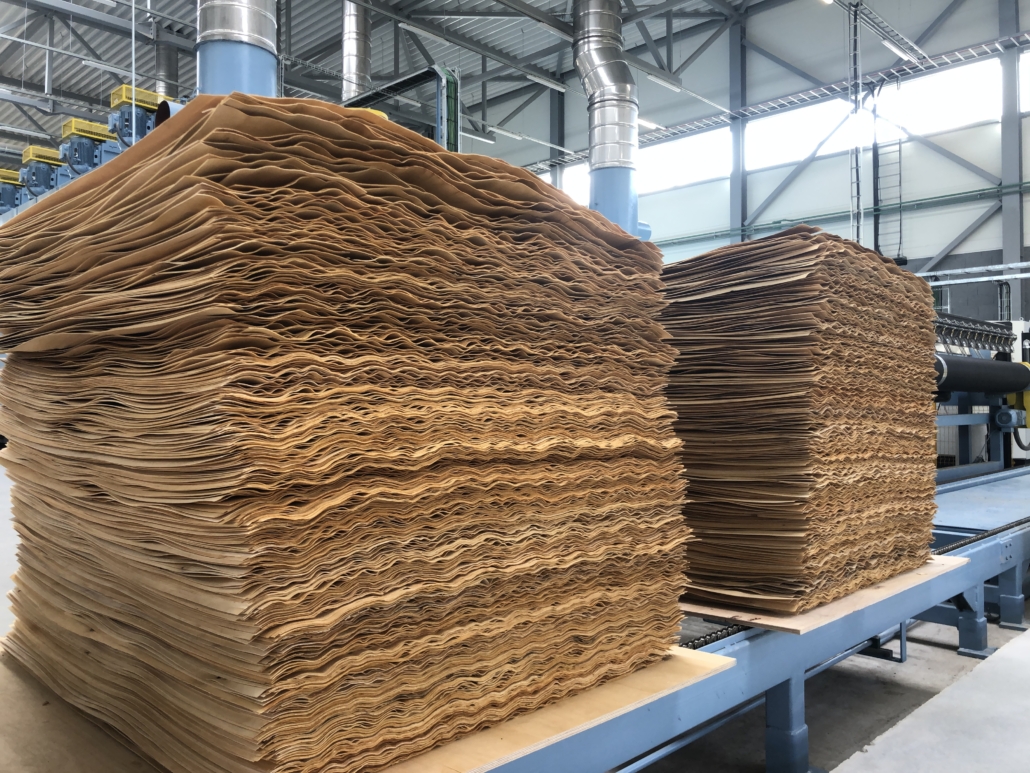Why Does Birch Veneer Have a High Shrinkage Rate after Drying?

Birch veneer has a high shrinkage rate after drying because it is made up of thin layers of wood that have been peeled or sliced from the birch log. When the veneer is dried, the moisture is removed from the wood, causing it to shrink in size.
There are several factors that can contribute to the high shrinkage rate of birch veneer after drying. One of the main factors is the orientation of the wood fibers. Birch veneer is typically sliced or peeled from the log in a direction that follows the grain of the wood. This means that the wood fibers in the veneer are oriented parallel to each other, which can cause the veneer to shrink more in one direction than in another.
Another factor that can contribute to the high shrinkage rate of birch veneer after drying is the presence of residual stresses in the wood. When the veneer is peeled or sliced from the log, it can experience internal stresses that are not fully relieved during the drying process. These stresses can cause the wood to warp, twist, or crack, which can further contribute to the shrinkage of the veneer.
Overall, the high shrinkage rate of birch veneer after drying is primarily due to the orientation of the wood fibers and the presence of residual stresses in the wood. To minimize shrinkage and other issues during the drying process, it is important to carefully control the drying conditions, such as temperature, humidity, and air flow.





